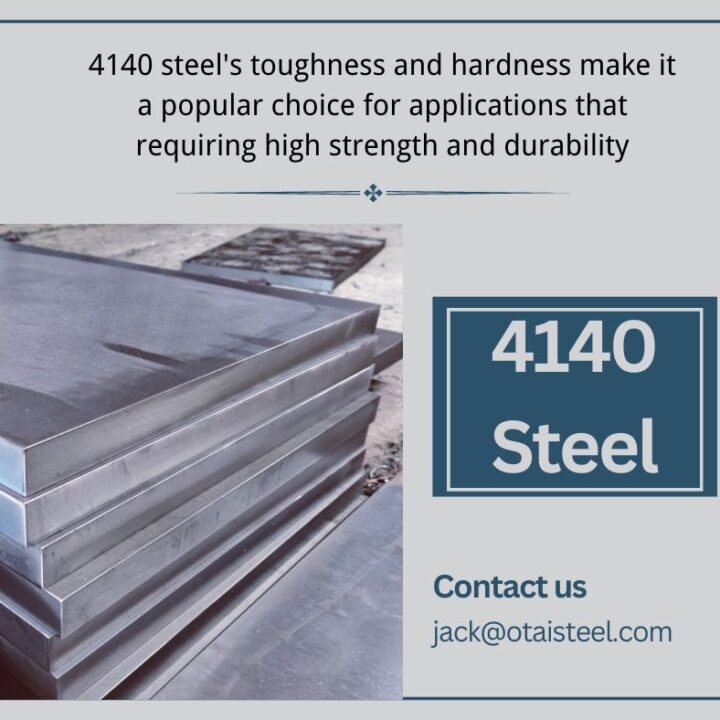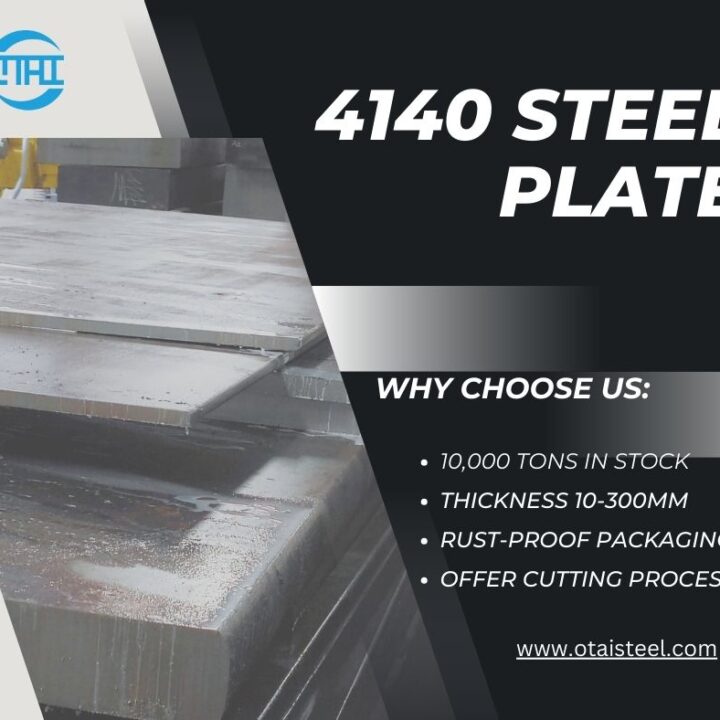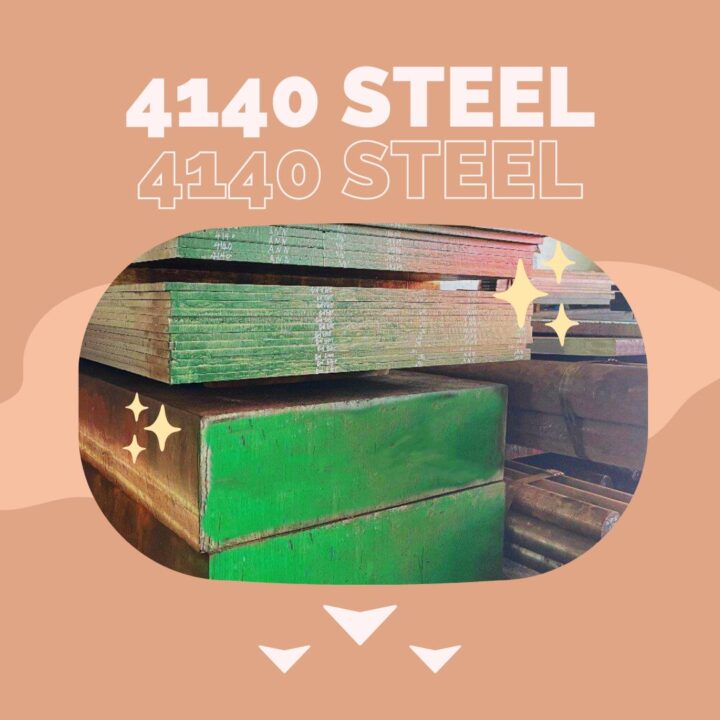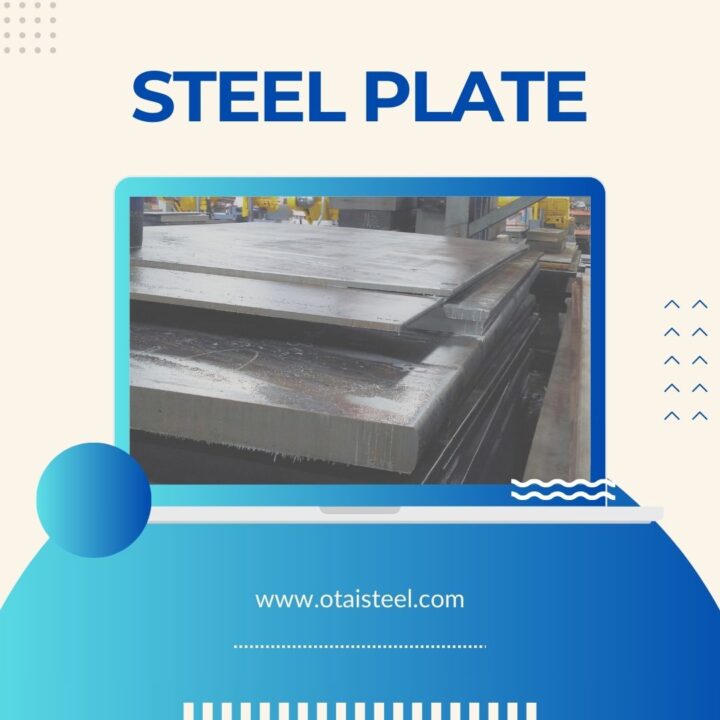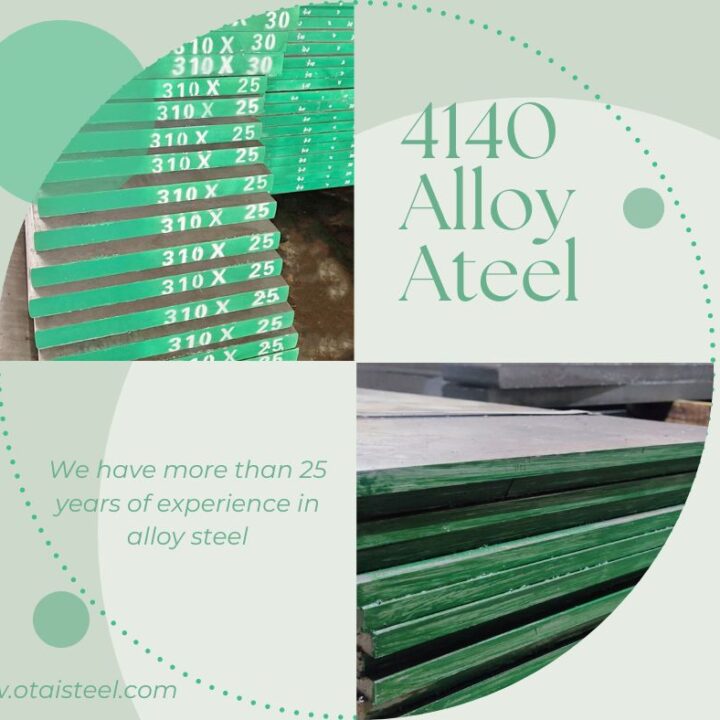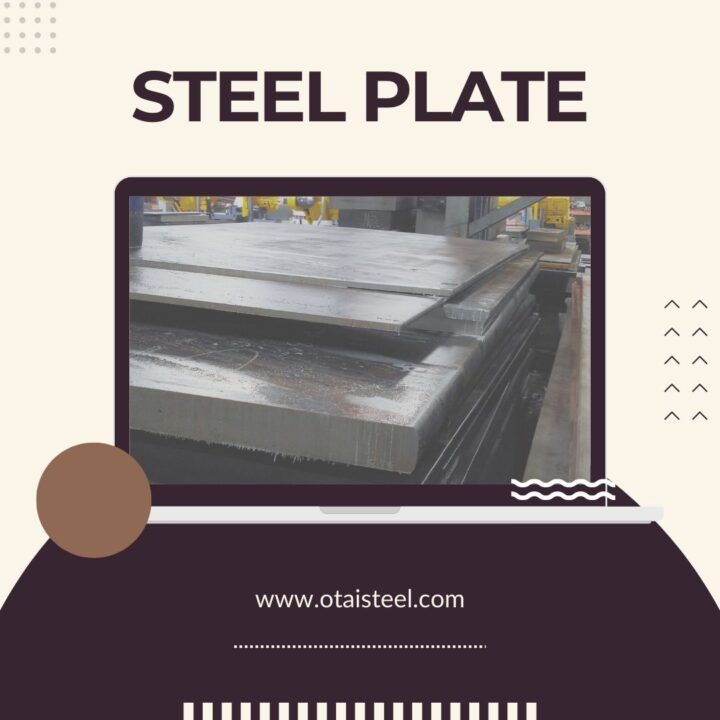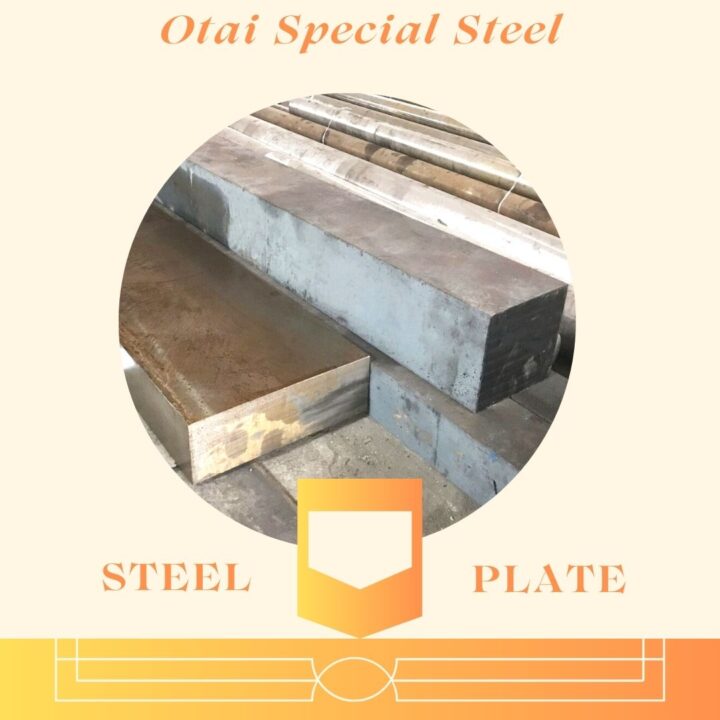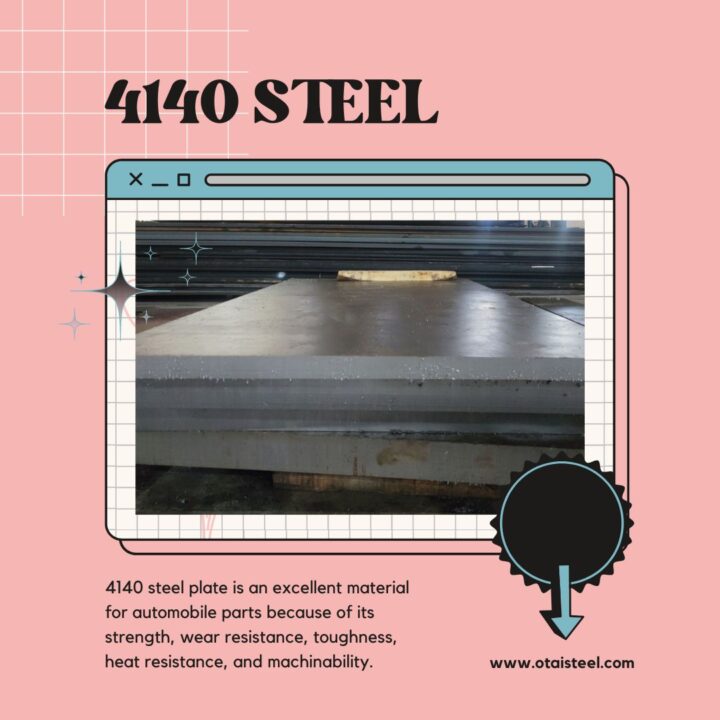4140 steel is a versatile alloy steel commonly used in the manufacturing industry due to its excellent combination of strength, toughness, and wear resistance. It is often employed in applications where high strength and resistance to wear and fatigue are required, such as in the production of automotive parts, machinery components, and tools. The performance of 4140 steel is influenced by its microstructural features, which are intricately connected to its mechanical properties.
Microstructural Features of 4140 Steel
The microstructure of 4140 steel can consist of various phases, including martensite, pearlite, and bainite. Each of these phases contributes to the steel’s mechanical properties in different ways.
Martensite Formation
During the heat treatment process, rapid cooling transforms the austenite phase of 4140 steel into martensite. Martensite is a hard and brittle phase that contributes to the steel’s high hardness and strength. The formation of martensite is influenced by factors such as cooling rate and alloying elements.
Pearlite Formation
When 4140 steel is slowly cooled, the austenite phase transforms into a mixture of ferrite and cementite, known as pearlite. Pearlite provides the steel with improved toughness and ductility compared to martensite. The percentage of pearlite in the microstructure affects the steel’s overall toughness.
Bainite Formation
Bainite is another microstructural feature that can be present in 4140 steel. It forms when the steel is cooled at an intermediate rate between that of martensite and pearlite. Bainite offers a combination of strength and toughness, making it desirable for certain applications.
Correlation between Microstructure and Mechanical Properties
The microstructural features of 4140 steel directly influence its mechanical properties. Understanding the correlation between microstructure and mechanical properties is crucial for tailoring the steel’s performance to specific applications. Here are some key correlations:
Martensite and Hardness
The presence of a higher volume fraction of martensite in 4140 steel results in increased hardness. The transformation of austenite to martensite during rapid cooling leads to a hard, brittle microstructure. By controlling the cooling rate during heat treatment, the hardness of 4140 steel can be adjusted to meet different requirements.
Pearlite and Toughness
The percentage of pearlite in the microstructure affects the toughness of 4140 steel. A higher fraction of pearlite provides improved toughness and ductility. This is beneficial in applications where the steel needs to withstand impacts or high-stress conditions without fracturing.
Bainite and Strength
The presence of bainite in 4140 steel enhances its strength while maintaining a certain level of toughness. Bainite forms when the steel is cooled at an intermediate rate, resulting in a fine microstructure. This fine microstructure contributes to the steel’s strength, making it suitable for applications that require a balance between strength and toughness.
